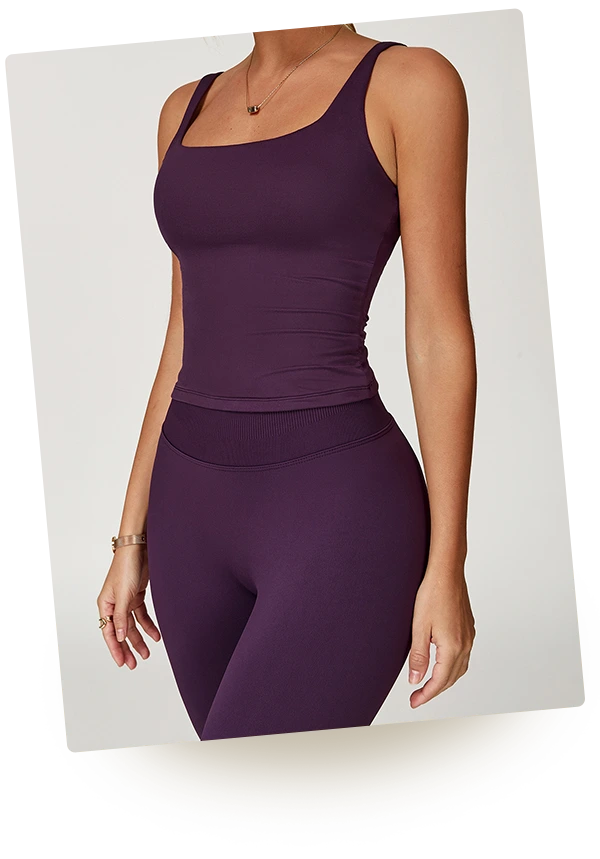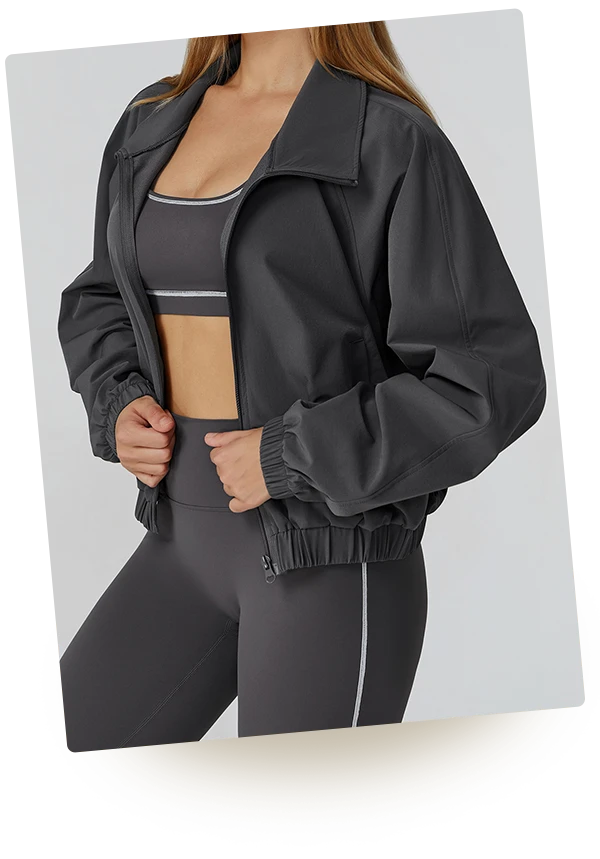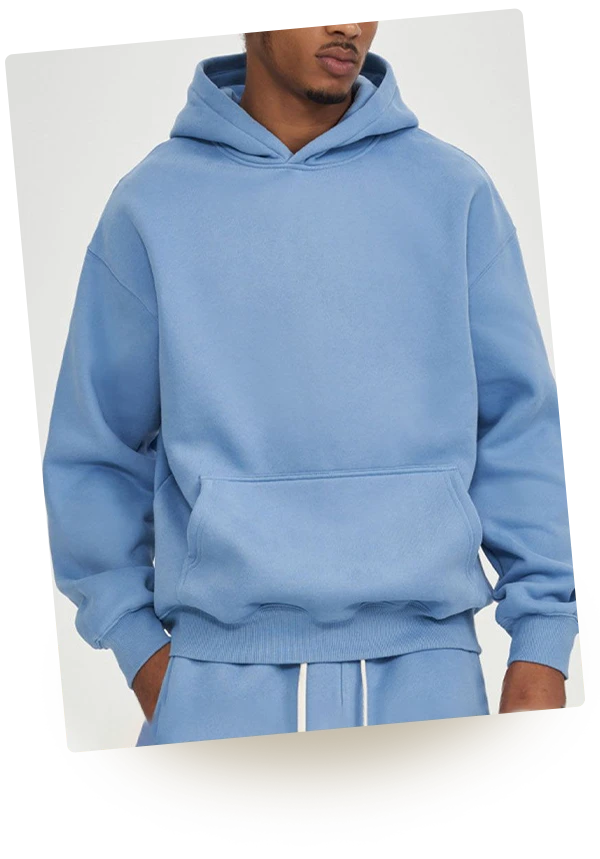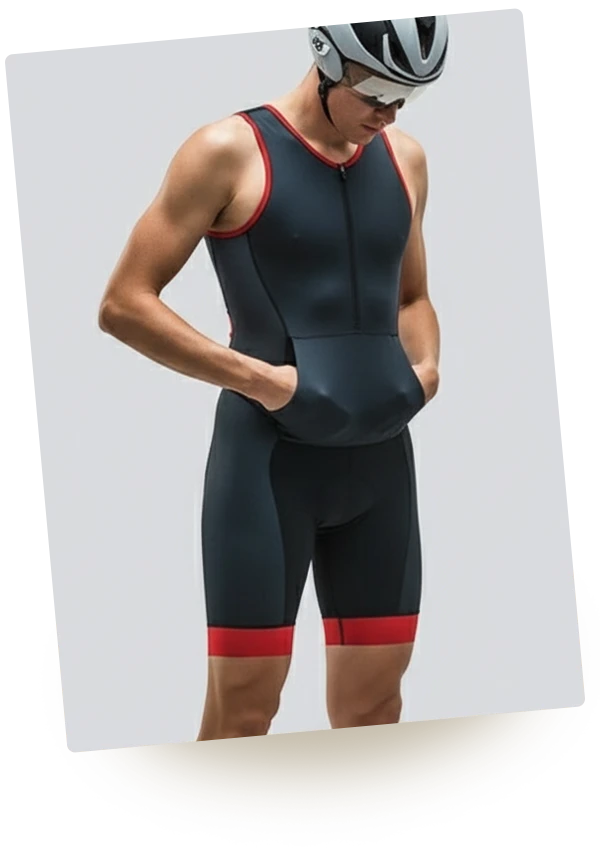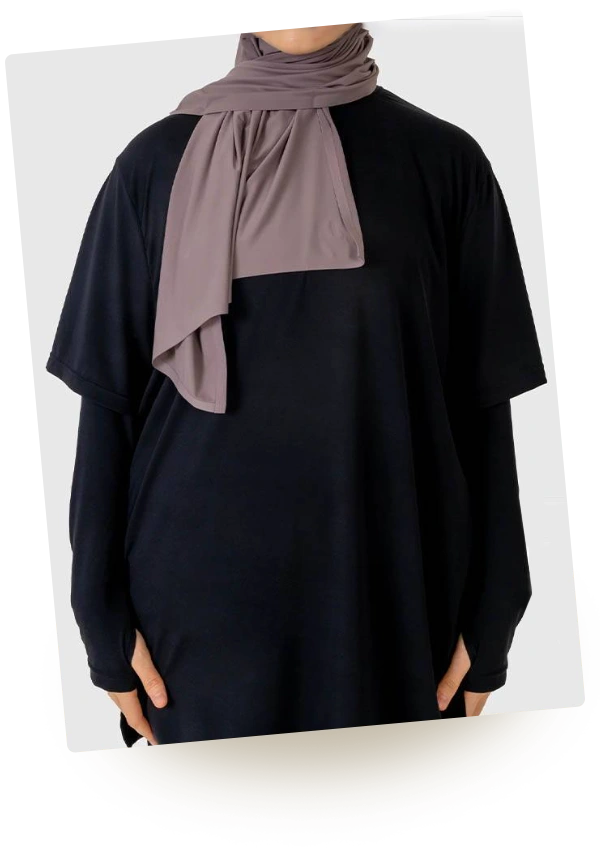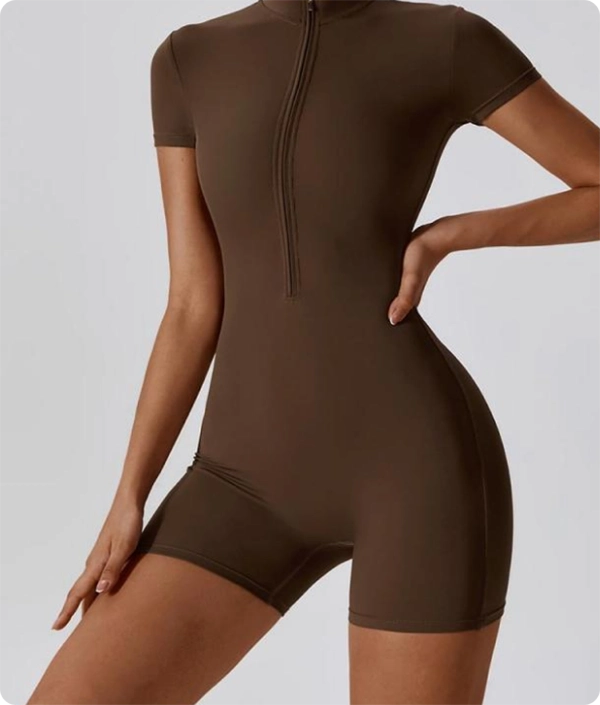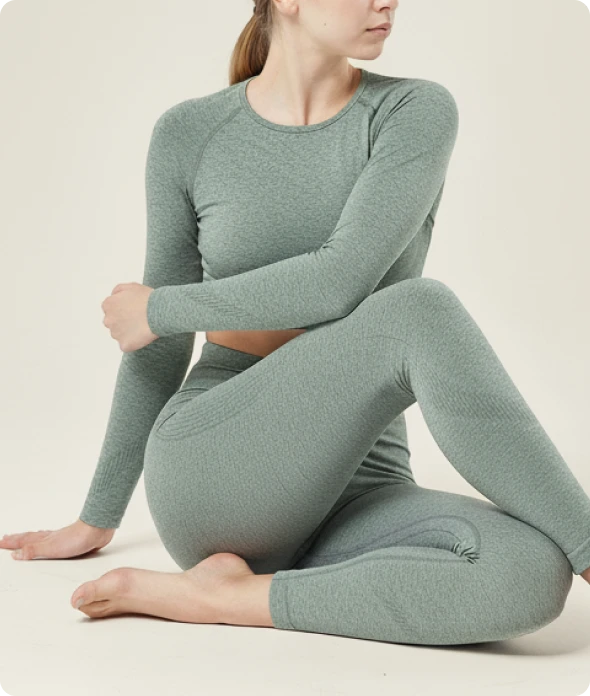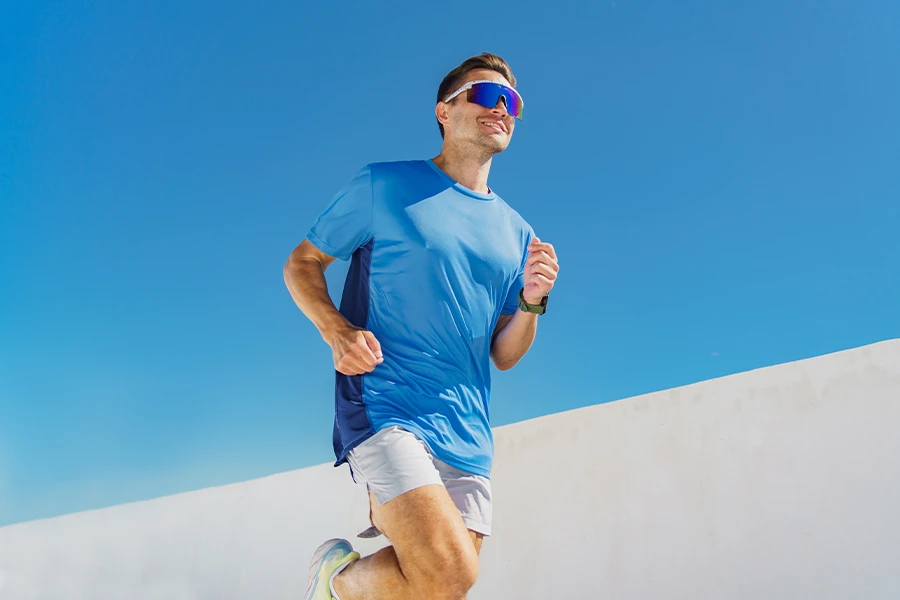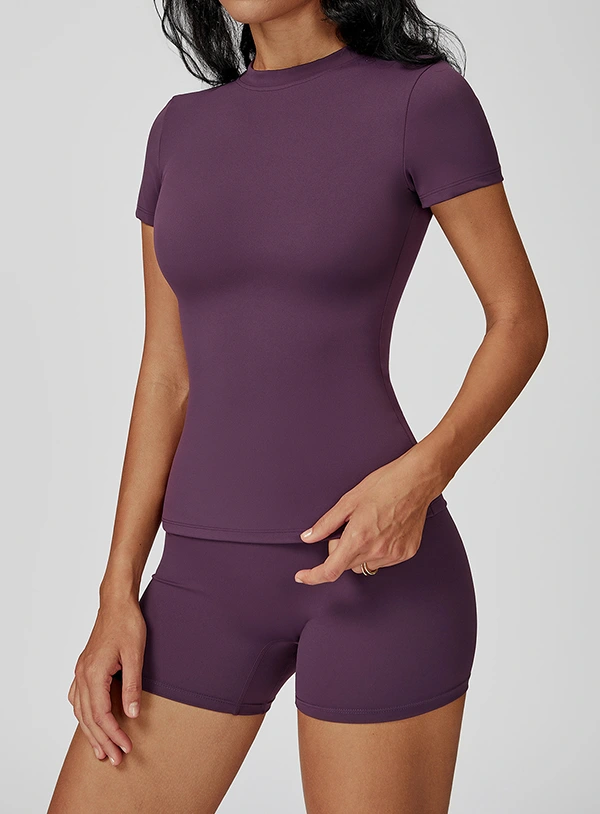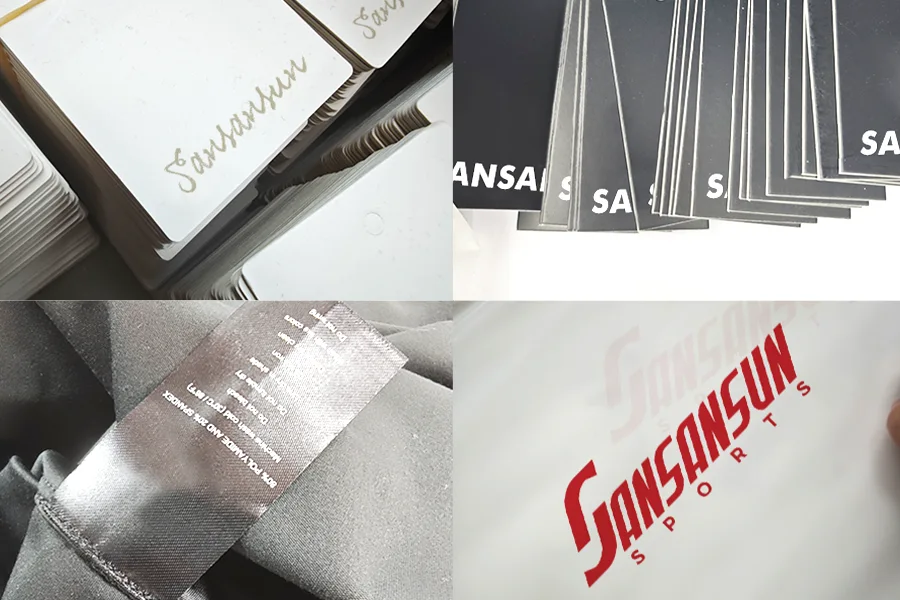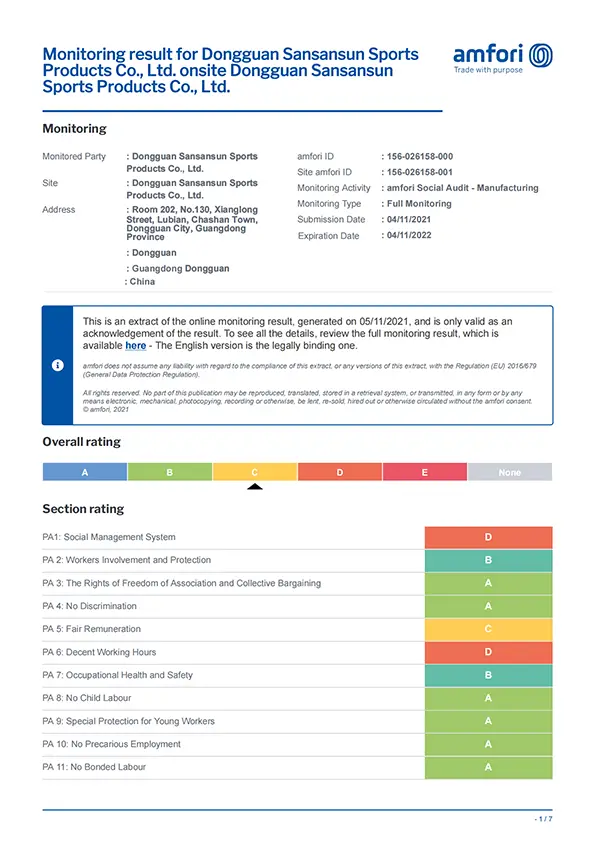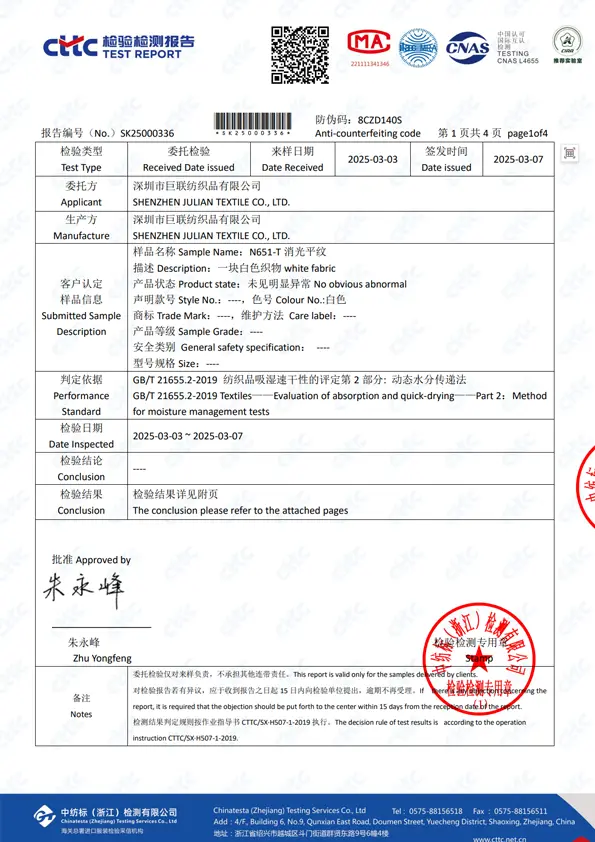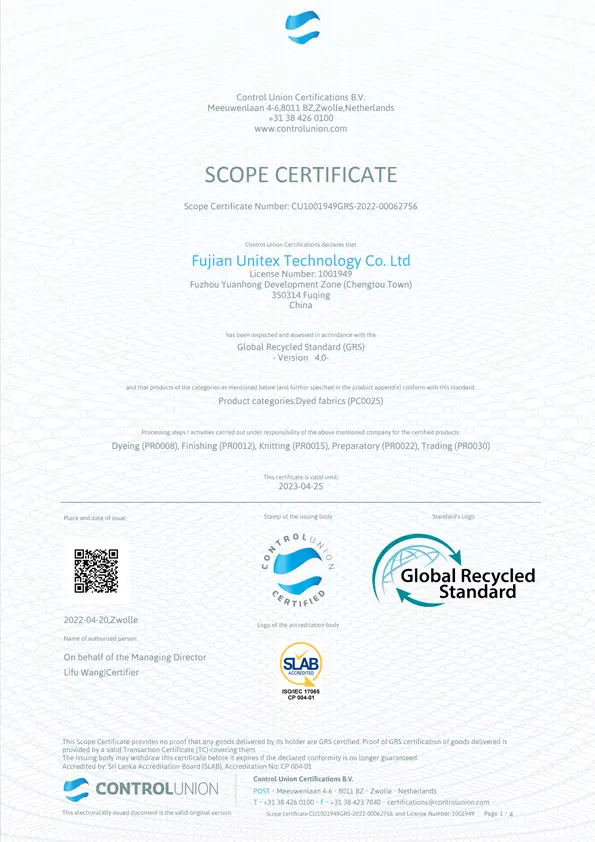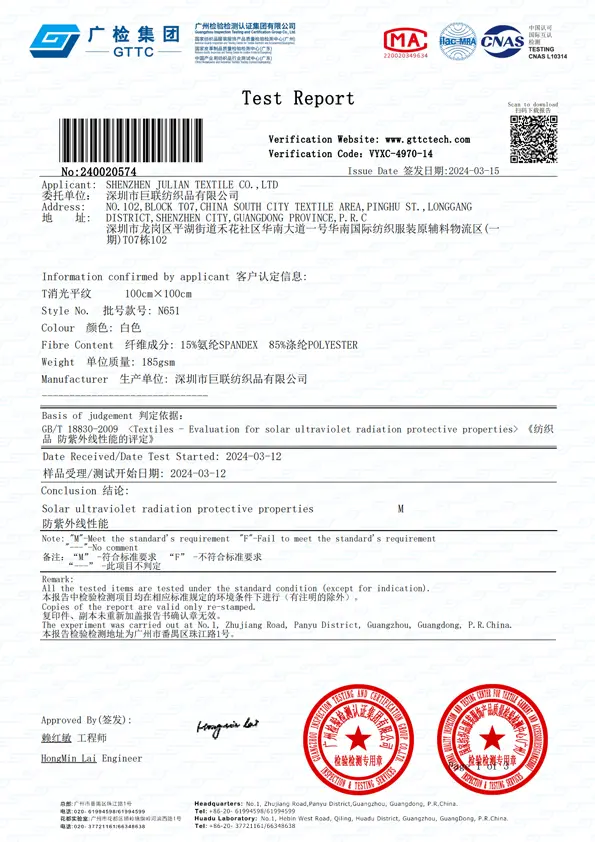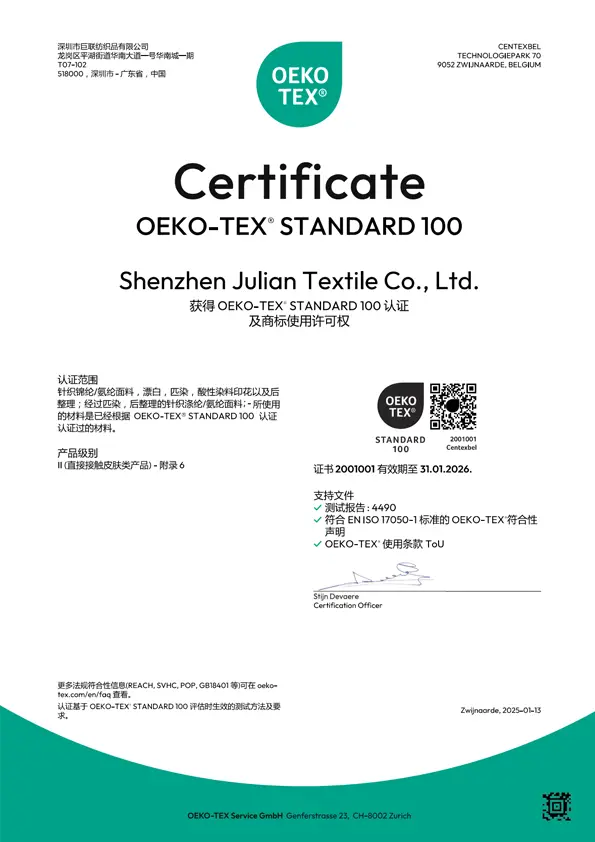
Your End-to-End Activewear Manufacturing Partner






The MDMD System: Your Framework for Growth
- Material: Exclusive fabric R&D partnerships ensuring comfort, function, and market differentiation.
- Design: 8+ in-house designers, 3D virtual fitting, and comprehensive brand packaging & logo support.
- Manufacture: Advanced production lines, strict AQL 2.5 QC, and flexible manufacturing capabilities to scale with your brand.
- Delivery: Reliable global logistics, on-time shipping, and responsive after-sales service.





Our Wholesale & Custom Sportswear Collections
Explore high-quality gym clothing, athletic clothing, and athleisure wear, ready for your brand’s private label line.
By Technology/Fabric
By Sports Type
Full-Service Solutions for Your Activewear Brand
A superior garment is built on a foundation of superior materials. We construct your activewear using high-performance fabrics and trims sourced directly from the industry’s most reputable and innovative leaders.
Explore high-quality gym clothing, athletic clothing, and athleisure wear, ready for your brand’s private label line.
For brands looking to create a unique, proprietary collection, develop your concept with our design team (ODM) or precisely manufacture your own tech pack (OEM).
Why Growing Brands Choose Sansansun
We don’t just manufacture sportswear. We help you launch faster, reduce risk, and win in the activewear market.

Launch with Confidence
Start small, scale big. From 30 pcs wholesale ready stock to 100 pcs custom runs, we make it easy to test designs and grow without heavy inventory.

Always Ahead of Trends
With 800+ new styles every year, you’ll never run out of fresh collections. Be the first in your market to drop trending designs.

Your Own Design & Marketing Team
Get free tech packs, 3D visuals, and marketing photos. We save you weeks of work and help you look professional from day one.

Reliable Quality & On-Time Delivery
Backed by 16+ years of experience and certified factories, we guarantee what you sell builds trust with your customers.






Premium Materials = Premium Brand Value
Your customers can feel the difference. That’s why we partner only with the world’s top fabric and trim suppliers – the same trusted names powering global activewear leaders.
From Idea to Delivery in
4 Simple Steps

Inquiry & Consultation

Design & Sampling

Bulk Production & QC

Shipping & Delivery
More Than a Manufacturer,
We Are Your Partner
Founded in Dongguan in 2008, Sansansun was born from a passion for athletic apparel and a clear mission: to be the product think tank for growing brands. For over 16 years, we have built our company on a foundation of trust, innovation, and a deep commitment to empowering every client’s journey from a single sketch to a thriving brand.

What Our Clients Say

Founder & CEO,Aura Active
“Starting my brand felt overwhelming until I found Sansansun. Their flexible MOQ for private label was a total game-changer, allowing me to launch with a diverse collection without massive risk. The quality of the workout clothes is incredible, and their team made the entire process seamless. We went from concept to live on our store in record time.”

Head of Production, Vigor Athletics

Creative Director, Studio Flow

Brand Manager, Terra Movement
Knowledge & Insights for Your Brand's Growth
What Makes Sportswear Sweat-Proof? Inside Moisture-Wicking Technology
Find out how antibacterial sportswear fabrics boost freshness, durability, and ...
Breathable Mesh: The Secret to Cool, Dry Performance
Breathable mesh boosts airflow, moisture control, and long-lasting comfort—ideal for ...
Circular Sportswear: Designing for Recycling
Circular economy in sportswear offers design and material techniques that ...
3D Body Scanning: Custom-Fit Sportswear for Everyone
Discover 3D body scanning technology enhances sportswear fit and comfort, ...
How AI is Revolutionizing Sportswear Design
AI is transforming sportswear design with smarter materials and performance-driven ...
MOQ, Production Lead Time, PO Cancellation – Key Contract Clauses in Apparel Sourcing
Minimum Order Quantity (MOQ), production lead times, and PO cancellations ...

